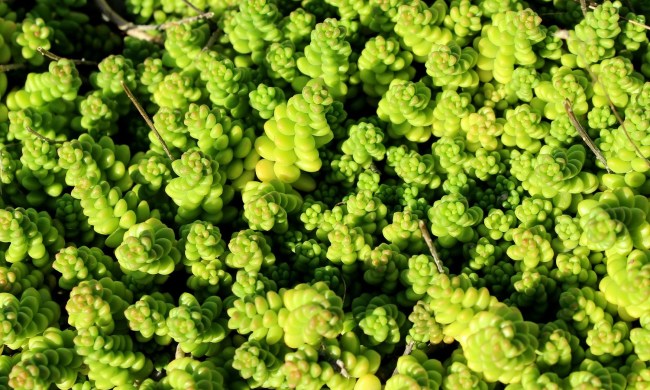
Fiddle-leaf figs are some of the trickiest indoor plants to maintain. You need to get their humidity, watering, and lighting levels just right to ensure happy, healthy growth. That said, propagating fiddle-leaf figs is actually quite simple, so you can easily chop and propagate sparse fiddles or share cuttings with fellow plant enthusiasts. If you’re wondering how to propagate a fiddle-leaf fig, read on to discover three different approaches.
How to propagate a fiddle-leaf fig by water rooting

Propagating a fiddle-leaf fig by water rooting is straightforward — you essentially do what you would do if you were propagating a pothos plant.
- With a sharp, clean pair of scissors, cut a branch below the node with at least three or four leaves — make a diagonal cut, if possible. Because the sap is irritating, be sure to wear protective gloves and stop the bleeding by pressing a napkin against the exposed parts of your cutting.
- Remove one or two bottom leaves. During this step, you can dip your exposed nodes into rooting hormone powder, but this is not strictly necessary.
- Place your cutting in clean water, making sure that no leaves are in the water.
- Keep your cutting in bright, indirect light.
- Remember to change the water at least once a week to avoid algae buildup. You should have roots in about a month.
How to propagate a fiddle-leaf fig by soil propagating

While it’s neat to see your roots grow in water, you can skip water propagating altogether and go straight to soil planting. Here’s how to go about it.
- Repeat steps one and two from our water propagating method above.
- Prepare some all-purpose indoor planting soil mix into a 4- or 6-inch planter.
- Stick your cutting into the soil, covering the exposed nodes. If needed, stake your plant with a dowel.
- Leave your plant in an area with indirect sunlight and increase your room humidity. Use a humidifier or place a clear plastic bag over your plant after misting it.
- Water the soil regularly, keeping it moist but never letting it get soggy.
How to propagate a fiddle-leaf fig by air layering

Although it’s more involved than other propagation approaches, air layering can be a very rewarding way to multiply your fiddle-leaf fig. Basically, you won’t need to remove the branch from the mother plant while the roots are forming. It works well for large cuttings, since having an established root system will keep your plant upright in the soil. Here’s how to do it:
- Figure out how much of your plant you want to cut. With a clean knife, make a 1-inch wound around a branch to expose it without cutting it off completely.
- Apply pre-moistened sphagnum moss around the wound, then wrap the branch with plastic wrap. Tie off the ends with string or plant ties.
- Care for the mother fiddle-leaf plant as you normally would, then wait for one or two months for the roots to grow.
- Make your final cut to remove the branch from the mother plant, then pop the cutting into the soil.
With these fiddle-leaf propagation methods in mind, you’re now ready to create more plants. As long as you make sharp, angled cuts with clean tools and tend after your cuttings as they grow, you’re well on your way to success!



